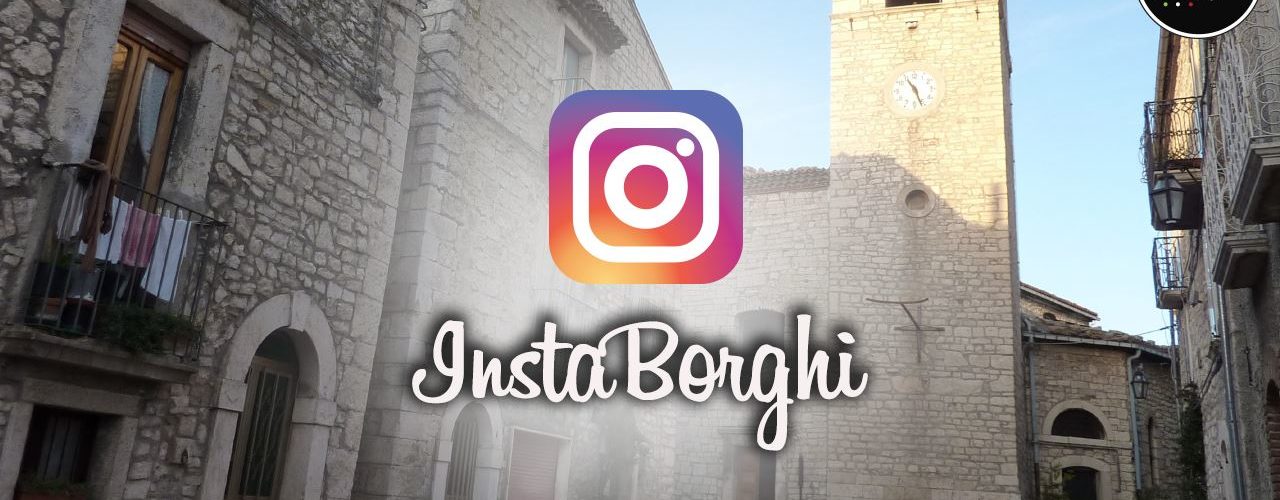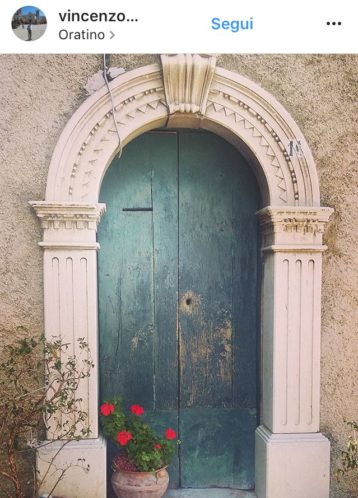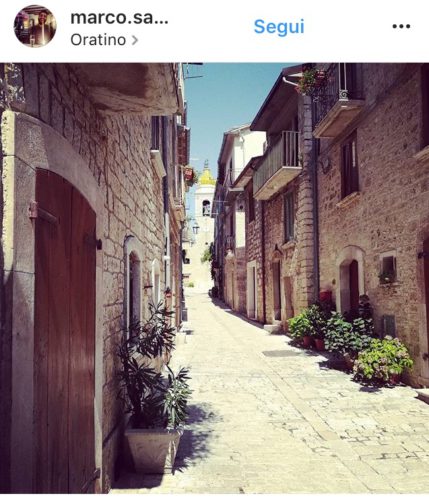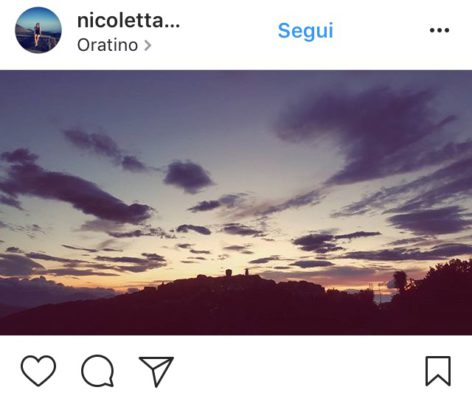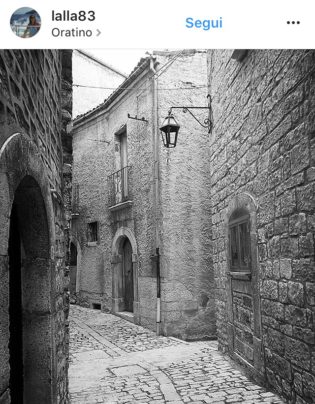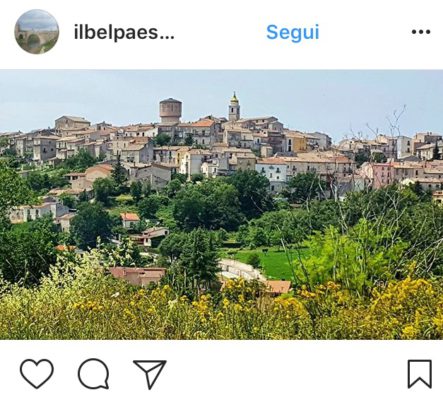Instaborghi: Oratino, the Molisan bishop who actually exists
«Before getting lost in the usual jokes about the existence of Molise, take a trip to Oratino, to discover beauty under the rugged surface of Sannio»
Part of Instaborghi’s (click here for the last episode)mission is to demonstrate the existence of some places, often forgotten or otherwise far from the mainstream tourism, places that live small lives, made of simple things and pristine beauty. In the case of Oratino (official site), we not only show you that it exists, but that it is also located within an Italian geographical area which the most ironic people have always questioned, wondering if it really existed or if it was a mythological invention to focus the attention on that part of the peninsula where, apparently, the sun never shines. Molise, dear friends, is alive and well, is as rugged as Abruzzo, mystical like Sicily, as silent as Basilicata, as good as Campania and yes, also overlooking the sea. The fact that it is not touched by the main connecting arteries penalizes it, yet keeps it intact in its strong identity. And we like it a little bit. A village of transhumance, Oratino is on the routes of the ancient tratturi, thriving with trattorias with great pastas and legumes, surrounded by stone sculptures and old wood of the churches, so as to remember the glorious past. Suspended on a splendid view of the Maltese massif, Oratino has toil on its face and zen in the soul.
What to see in Oratino
From the Latin Oratenus, that is visible everywhere, the first document on the existence of Oratino dates back to 1251, placing its origins in the Norman era. Over and over again, the village survived and was renewed. In 1700 it was described as a place where ” many arts of taste are cultivated”. Thanks to the patronage of the Giordano dukes, in fact, Oratino knew a period of prosperity linked to the beauty of local handicraft productions: portals, balustrades, houses, churches show all the wisdom of a corporation that has managed to create a cohesive art, recognizable as typical local. The church of Santa Maria Assunta preserves remarkable works such as the Assumption of the Virgin by Ciriaco Brunetti (1791) or the 1800 silver monstrance of Brunetti’s nephew, Isaia Salati. The art of local carving is clearly visible in the church of Santa Maria del Loreto, with the statues of the Madonna del Rosario and Sant’Antonio Abate. The Palazzo Ducale can be admired from the outside, nowadays being private property. The rest is a healthy walk through the main streets of the old town, between the Samnite walls, the medieval tower and the traces of the ancient grass roads, which come straight down from the Apennines.
What to do in Oratino
The village is a good starting point for exploring the Molise inland; slipping to the province of Isernia, you must see Agnone, Bojano, Ferrazzano and other wonderful villages in the area. The traces of the oratino craftsmanship, however, are clearly visible on the territory, they decorate the churches and surrounding monasteries: an excellent excuse to explore the territory and get to know its nature and gastronomy.
What to eat in Oratino
Laganelle and beans, first of all. The laganelle are small hand-made lasagne, cooked in soup together with vegetables, a boon in cold periods. The cheese and ocva with sausage could resurrect the dead, it is a mixture of goat cheese and eggs cooked in sausage sauce, matched by nothing. The casciatelli (click here for the recipe), typical of the Easter period, are delicious bundles stuffed with eggs and cheese, ideal as an appetizer, second course or snack: the most fearless would even make breakfast with them!
A little curiosity about Oratino
Of the inhabitants of Oratino it is said, historically, that they are turnabouts: often protagonists of quarrels with neighboring countries, they have made the offense a boast, placing on the cross of the bell tower the allegory of the turnaround, a cupid that turns its back on those who he watches as he holds the wind vane in his hand. The most mischievous see the ambiguity of those who never take a position, the optimists the incurable possibility to change their mind in life: the choice is yours.
Carolina Attanasio


